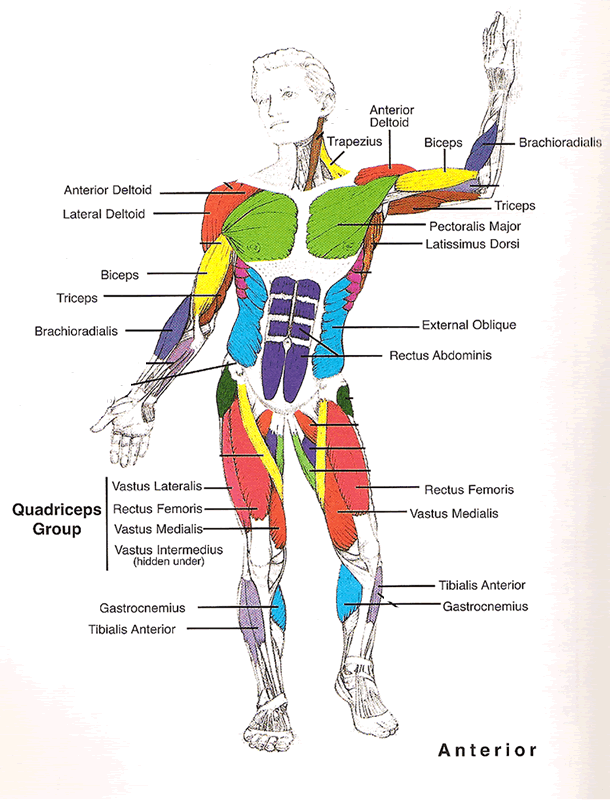Use it or Loose it! - Why you are not as good as you used to be.
There’s a simple saying when it comes to developing and maintaining ability – USE IT OR LOOSE IT.
This works both mentally and physically.
Ever been on tour in a foreign country and learnt a small collection of sayings that helped you at the time, and now can’t remember any of it…? You came back home and didn’t need to say, “excuse me. Where is the bathroom?” in korean, because you were no longer in Seoul… so guess what, you forgot how to say it. You didn’t need it, so you didn’t use it, so you lost it. Sure you could learn it again but that is an extra job on your already too long ‘to-do’ list. This happens exactly the same with body movements. Especially when it comes to strength and conditioning.
But “you never forget how to ride a bike”, you say. “I can still juggle too”. Great so you have some long lasting muscle memory and some solidly integrated neural patterns, but what about that 40 minute heavy cardio outdoor show you did a few years back or that duet where you had numerous overhead lifts. Do you still have that as good as you did when you performed it? Unless you have been training with that in mind then the answer is probably no.
The reason for this is because the body adapts to the task in hand/job at the time and is a master of compensation.
For example: You’re a freelance dance artist and your workload suddenly becomes a lot more admin based inorder for you to plan the next project, that you are hoping to get arts council funding for. You’re writing a lot more and probably sat for numerous hours at your computer which takes the place of your regular training. Everything adapts and changes. You will probably be a bit stiffer as you hip flexors and hamstrings tighten a little, and have a stiff neck and shoulder girdle as the upper traps and pec minors start to shorten slightly to support your computer face position. Neuromuscular drive and connectivity reduces as dynamic firing patterns are not used as much and your core activation is just used for sitting a walking.
Sure you can still dance when you get your funding and rehearsals start because that what you do, you’re a dancer, but are you dancing to the best of your ability and are you prepared to deliver something physically and artistically impressive?? Or are you preparing for an injury?
You have to use it to not loose it!
To help you in the war against becoming an artistic keyboard warrior with a computer face and movement dysfunction, or just get your training back on track with lots of variety, I will share with you the 6 principles of training.
1. Use/Disuse
This is what we have already been talking about. “Use it or loose it sister”. Keep doing what you are doing, and practice. 2. Individual Difference
This means we should create individual programmes/exercises for each athlete as everyone is different, or at a different stage of their training. In other words, train and challenge yourself appropriately. If you are training with someone who has been training for longer, or who is lifting more weight that you, don’t feel that you have to achieve the same exercise or standard. Start simple and work up. 3. Accommodation/adaptability
Constantly change your training stimulus – don’t always do the same thing! We must disrupt homeostasis for the body to change and adapt. We want to be able to do lots of movements/styles so we have to train them. 4. Progressive overload
If you did 40 push ups a day for 40 years do you think you will be super strong at the end of that time? No, of course not. You will have a very impressive 40 rep push up set, but that’s it. We must progressively overload the muscles in order to develop, whether that’s with intensity or volume (more repetitions or more weight). Once it gets easier, level up. 5. Dynamic correspondence
You training must be relevant/specific to your end goal. Of course general training is good, but making it relevant to what you want to achieve will be excellent. If you are performing a piece with a lot of jumps you need to jump. Lifts, you need to lift. Running, you need to run. Wrestling, you need to wrestle. Make it relevant.
6. General Adaption Syndrome (GAS)
You must allow recovery to happen. Adaption happens when we recover. If we don’t recover, we burn out. When you get into the science and scheduling more you start to look at super compensation, which is where you are at an optimal performance level after a period of rest. Plus you can do some more applications while you rest :)
The bottom line of all this is of course use it or loose it. Don’t stop training or you will adapt to a non-training body. Your training doesn’t have to be for progression either, you can just maintain, just don’t stop.
Start to apply the 6 principles of training to help you positively adapt and improve.
Happy training, Khyle.

















